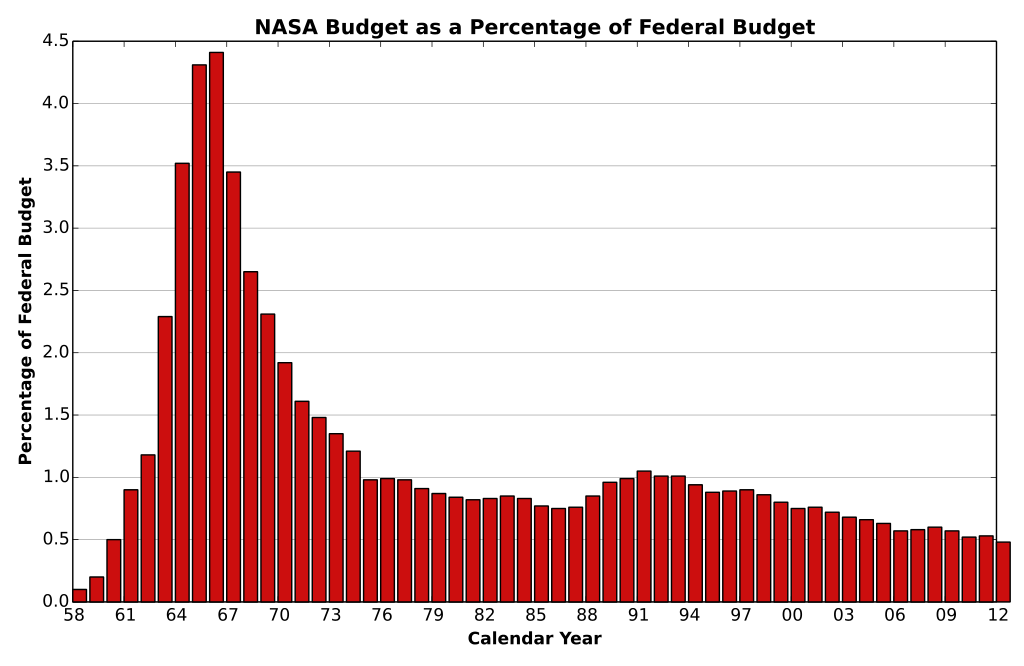NASA control centre image via NASA/Pat Izzo
Some good news for US space agency NASA’s future, as the US government’s next budget will see an increase of US$345m for future deep space exploration missions, bringing NASA’s 2015 total to US$18bn.
This marks a 2pc increase on the previous year’s budget as part of the current government’s US$1.1trn ‘Cromnibus’ spending bill and is even better news for NASA, given that it is an increase on the suggested figure proposed by the US space agency, to the tune of US$500m.
NASA’s budget, specifically for science and space missions, will total US$5.24bn as part of this new budget, with US$1.4bn being put aside for its planetary sciences division, more than US$160m over what US President Barack Obama had put in as his government’s request for America’s future contribution to space.
‘Not less than’ US$100m of NASA funds will be put towards its ambitious mission to analyse Europa, Jupiter’s icy moon that scientists have been fascinated with since it was first mooted that it could harbour the potential for life within liquid water underneath its surface.
This mission in particular, according to the American Association for the Advancement of Science (AAAS), was one of the most contentious issues when NASA’s budget was being hammered out.

A chart showing the peaks and lows of the US government’s budget for NASA between 1958 and 2012. Image via Wikimedia Commons
Funding future manned missions
Just over half of NASA’s budget next year will be devoted to manned space exploration – US$2.9bn – more specifically, the agency’s new Space Launch System rocket and its Orion capsule that was recently tested successfully for the first time.
Speaking of the agency’s achievement of getting a higher budget than expected, Casey Dreier, advocacy director for the Planetary Society in Pasadena, California said to the AAAS, “They added nearly $300 million to the entire science mission directorate. No one paid the price for restoration of the cuts to planetary science. That’s a big deal.”
At the height of NASA’s power prior to the Apollo mission in 1966, NASA’s budget totalled just under US$6bn, which accounting for inflation would value approximately USUS$44bn, which was 4.41pc of the country’s entire budget.